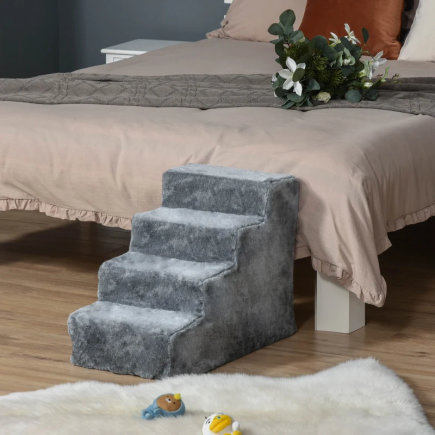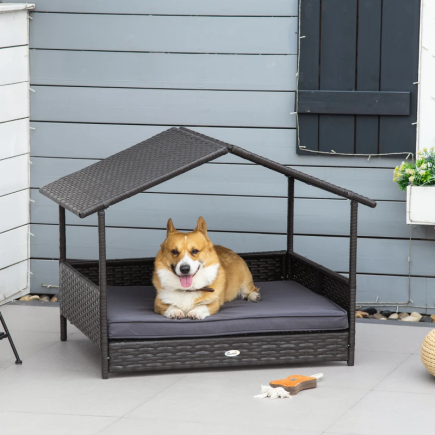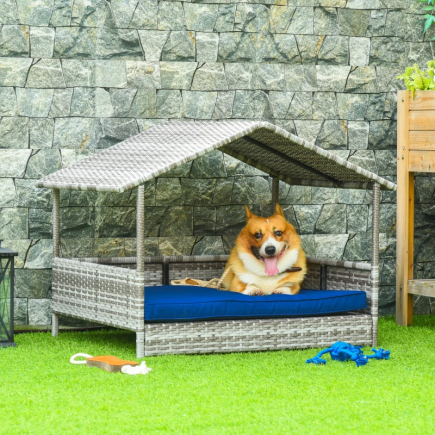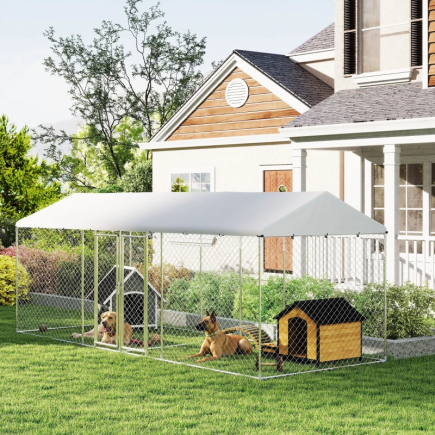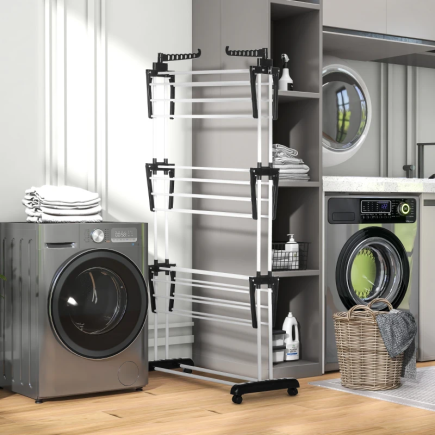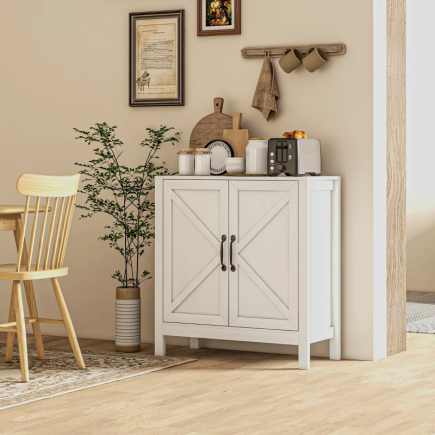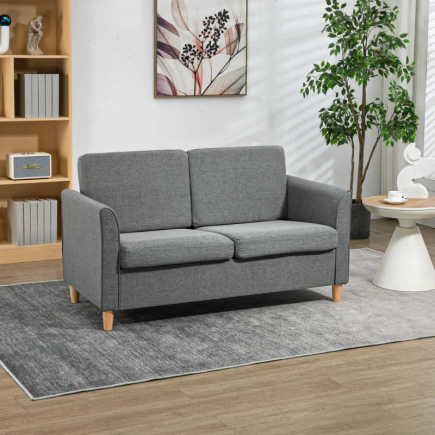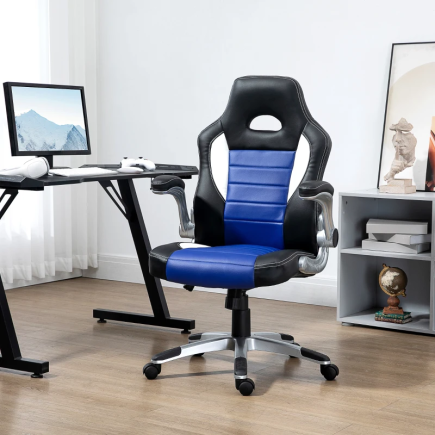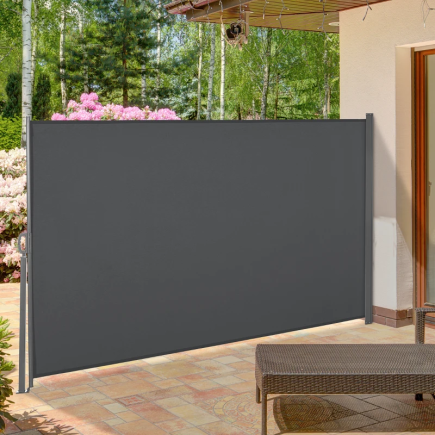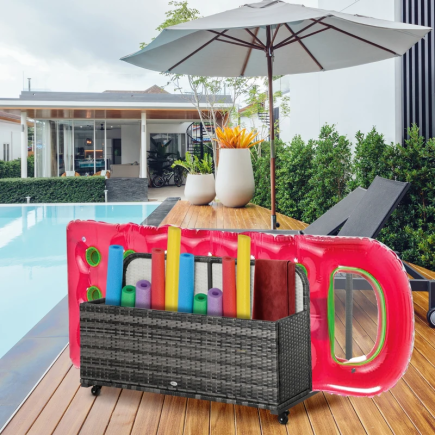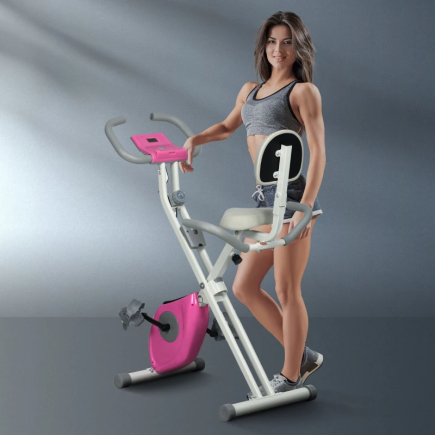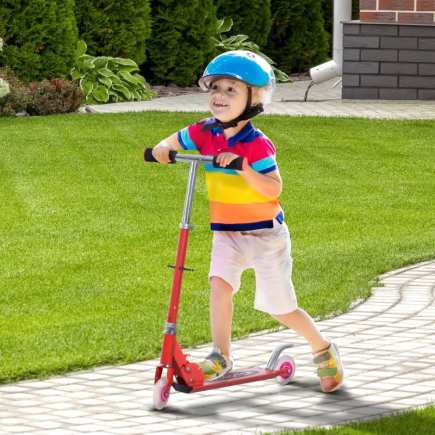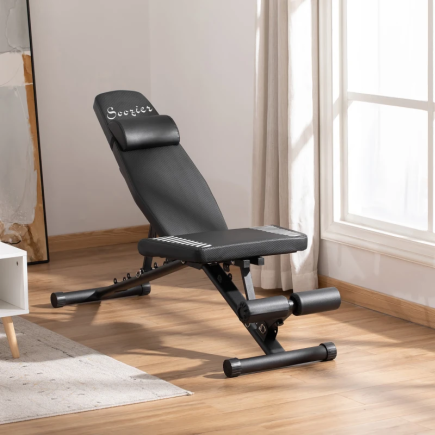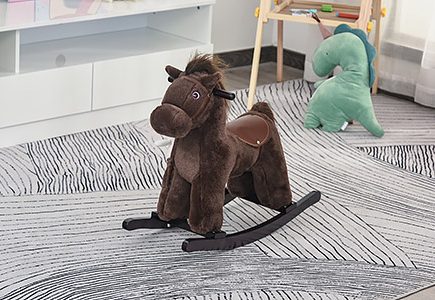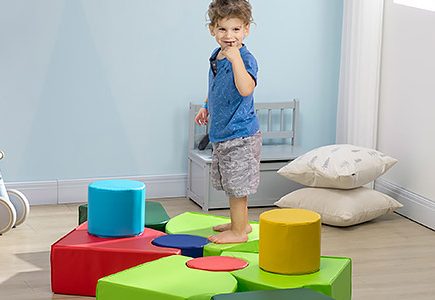Organizing your camping gear may not be the most exciting part of your outdoor adventure, but it’s certainly one of the most important. A well-organized camping setup not only saves you time and energy but also reduces stress, helps prevent forgetfulness, and ensures you have everything you need for a smooth and enjoyable trip.

In this article, we’ll take you through the steps of organizing your camping gear from start to finish. By following these tips, you’ll streamline your packing process, protect your gear, and set yourself up for a stress-free outdoor experience.
Step 1: Gather and Categorize Your Camping Gear
Sort by Function
The first step in organizing your camping gear is to gather everything in one place. This will help you see exactly what you have and make the categorization process easier. Once your gear is spread out, it’s time to sort it into logical categories based on its function. Here are the main categories you should consider:
| Category | Examples of Gear |
| Cooking Gear | Stove, cookware, utensils, food storage containers |
| Sleeping Gear | Tent, sleeping bags, mats, pillows |
| Clothing | Jackets, socks, hiking boots, gloves |
| Hygiene and Toiletries | Soap, toothpaste, toothbrush, wet wipes |
| Recreational Gear | Fishing rods, hiking poles, bicycles |
| Tools and Repair | Multi-tool, duct tape, fire starter |

Activity-Specific Organization
Beyond general categories, organizing by activity can make packing even more efficient. For example, if you’re going on a fishing trip, dedicate a separate bag or container for your fishing gear (rods, tackle box, bait) so you can easily grab it when needed. Similarly, if hiking is part of your trip, group together all hiking essentials such as boots, walking poles, and a first-aid kit in one section of your gear.
Step 2: Choose the Right Storage Solutions
Clear Storage Bins for Larger Items
Once you’ve categorized your gear, it’s time to choose the right storage solutions. For larger items, such as tents, sleeping bags, and cookware, clear, durable bins are an excellent choice. Not only do these bins protect your gear from dust, dirt, and moisture, but their transparency also allows you to quickly see what’s inside. This can save you time when you’re on the move, ensuring you don’t need to dig through everything to find what you’re looking for.
Stuff Sacks and Dry Bags for Compact Packing
For smaller or soft items like clothing, sleeping bags, and jackets, stuff sacks are perfect. They help compress bulky gear, making it easier to pack and saving space in your storage bins or vehicle. Dry bags are also invaluable, especially for water-based activities like canoeing or kayaking. They will protect your gear from rain or splashes, keeping it dry no matter the weather conditions.

Repurposed Household Items
Not everything needs to be stored in fancy gear-specific bags. Repurposing household items can save money and reduce waste. For example, old coffee cans can hold small gear items like tent stakes, matches, or fishing lures. Similarly, drawer organizers or small plastic containers are great for organizing toiletries, tools, or other small essentials.
Step 3: Packing Techniques to Maximize Space
Compression Sacks and Rolling Clothes
Efficient packing is key to ensuring you make the most of your limited space, whether in your car or in your tent. Using compression sacks for bulky items like sleeping bags can reduce their size by a significant amount, freeing up room for other essentials. For clothing, rolling instead of folding can also save a lot of space. Rolling clothes helps them retain their shape while minimizing wrinkles and maximizing packing space.

Strategic Packing: Store What You Need First
Packing strategically is about making sure the items you’ll need first are easy to access. For example, you’ll want your tent, sleeping bags, and cooking gear near the top of your storage bin or in an accessible bag. This way, when you arrive at your campsite, you can set up quickly and get started with your adventure. Similarly, keep things like cooking utensils and food near the top so you can unpack your camp kitchen without hassle.
Step 4: Label Everything for Easy Identification
Labelling Bins and Bags
Labelling your storage bins and bags is an essential step in camping gear organization. Clear labels help you find what you need without having to sift through everything. Consider using waterproof labels or large, clear tape that will not peel off easily. Label everything according to its category: “sleeping gear,” “kitchen,” “clothing,” and so on.
Colour Coding for Quick Identification
Colour coding is an effective way to further simplify the process of finding and storing your gear. For example, use red for cooking gear, blue for sleeping bags, and green for clothing. By implementing this simple system, everyone in your group will know where things belong, and you’ll be able to quickly spot what you need.
Step 5: Keep Your Gear Clean and Well-Maintained
Cleaning and Drying Gear
Before storing your camping gear for the season, it’s important to clean and dry it thoroughly. Wet gear, like tents, sleeping bags, or even clothing, can develop mildew or unpleasant smells if not dried properly. Make sure to clean all cooking equipment and utensils to remove any food residues. Use a mild soap for most items, and for fabrics like sleeping bags or tents, follow the manufacturer’s care instructions for washing.
Regular Maintenance and Repairs
After each camping trip, inspect your gear for any signs of wear or damage. A torn tent, broken zipper, or faulty stove can easily be fixed if you catch the issues early. Take the time to perform any necessary repairs before storing the gear. This simple practice ensures your equipment is ready for the next trip and extends the lifespan of your gear.
Proper Storage of Gear
Store your gear in a cool, dry place away from direct sunlight. If you’re keeping your gear in bins, make sure they are not airtight (for tents and sleeping bags) to allow air circulation. Extreme temperatures or humidity can degrade fabrics, so avoid storing gear in attics, basements, or garages that might experience temperature fluctuations.
Step 6: Organize Your Gear Based on Your Camping Style
Car Camping: Use Large, Accessible Bins
For car camping, where space isn’t as limited, larger bins are a great option. These bins can easily be stacked in your vehicle and accessed at the campsite without too much effort. Use large, clear storage bins that you can open easily for all your bulkier items. It’s also helpful to create a separate “day-use” bin with items like sunscreen, snacks, and maps, which you’ll want quick access to while exploring.

Backpacking: Compact, Lightweight Gear Storage
When backpacking, space and weight are everything. Opt for compact and lightweight storage solutions such as stuff sacks, packing cubes, and dry bags. These versatile storage solutions help compress your gear and keep it organized without adding unnecessary weight to your pack. Keep in mind that every inch of space counts, so use every pocket in your backpack efficiently.

Family or Group Camping: Shared Storage Systems
For family or group camping, a shared storage system is essential. Create a dedicated section for communal gear, like a large cooking pot or first aid kit, and make sure each person has their own bin for personal items. This way, you can keep things organized while also ensuring that everyone’s gear is easy to access.

Step 7: Maintain and Restock Your Camping Gear
Restock After Each Trip
After every camping trip, it’s important to restock essential items like food, first aid supplies, and batteries. Make a checklist of what needs replenishing, and keep track of any damaged or missing items so you can replace them before your next trip. Restocking your gear as soon as you return from a trip ensures that you’re always prepared for your next adventure.
Periodic Checks to Keep Gear in Top Condition
Periodically check your gear even when you’re not preparing for a trip. This allows you to spot any potential problems early on. Check the condition of your tents, sleeping bags, cookware, and any other key equipment. Ensure that everything is clean, functional, and ready for use when the next camping season rolls around.
Step 8: Eco-Friendly Organization Solutions
Sustainable Gear Storage
If you’re environmentally conscious, consider using eco-friendly storage options. Look for reusable bags and containers made from recycled materials, and avoid single-use plastics when storing or packing your gear. You can even repurpose household items to minimize waste.
Reduce Waste with Sustainable Packing
In addition to eco-friendly storage solutions, sustainable packing is another important consideration. Minimize the amount of disposable packaging you use, and pack only what you need. By reducing waste, you can ensure that your camping trips are not only stress-free but also environmentally responsible.
Organizing your camping gear is crucial to having a smooth, enjoyable outdoor experience. With the right storage solutions, efficient packing techniques, and regular maintenance, you can ensure that everything you need is ready and easy to access. From clear bins to colour-coded bags, keeping your gear in top shape ensures that you spend more time exploring and less time digging through piles of equipment. A well-organized system will enhance your overall camping experience, reduce stress, and give you the confidence that you’re fully prepared for your next adventure.
For all your Camping Supplies, make sure to check out our extensive selection. With the right equipment, your camping trips will be more enjoyable and less stressful!
FAQs
1. What are the best packing strategies for a camping trip with kids?
For a camping trip with kids, organize their gear separately in smaller bags or bins. Pack their essentials like clothes, toys, and snacks in individual bags to make it easy for them to find what they need.
2. What are the best ways to label camping gear?
Use waterproof labels or colored tape to mark your camping bins and bags. Color coding by category makes it easy to find items quickly.
3.What are some eco-friendly ways to organize camping gear?
Use reusable bags, recycled-material containers, and eco-friendly storage options. Avoid single-use plastics and pack only the essentials to minimize waste.

